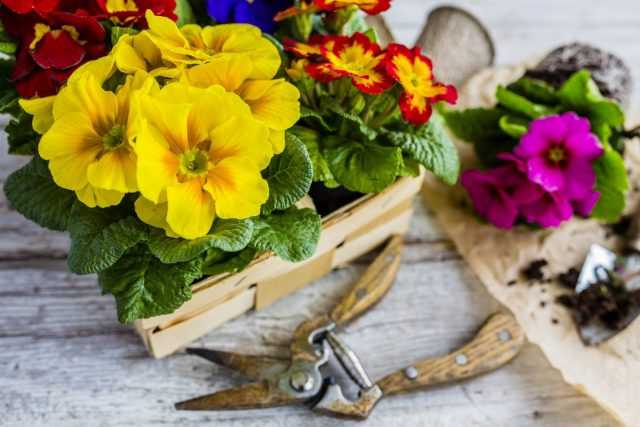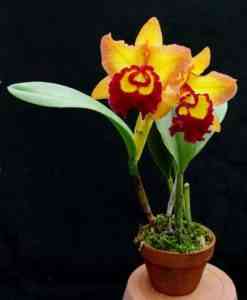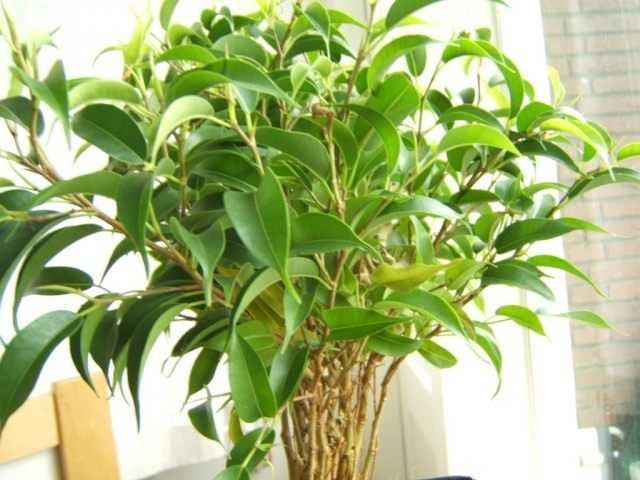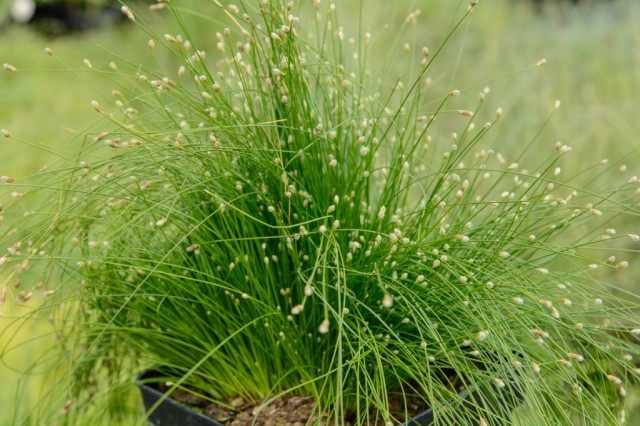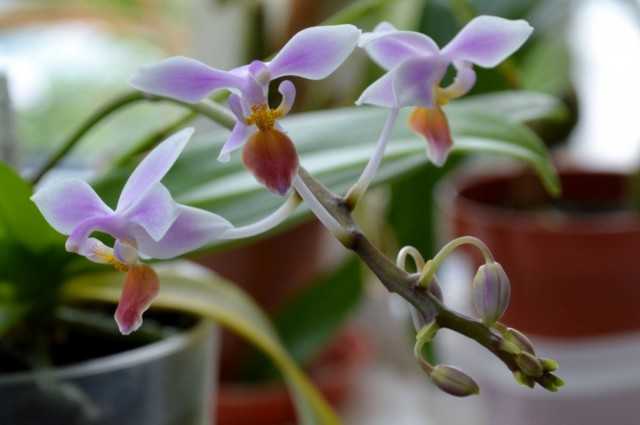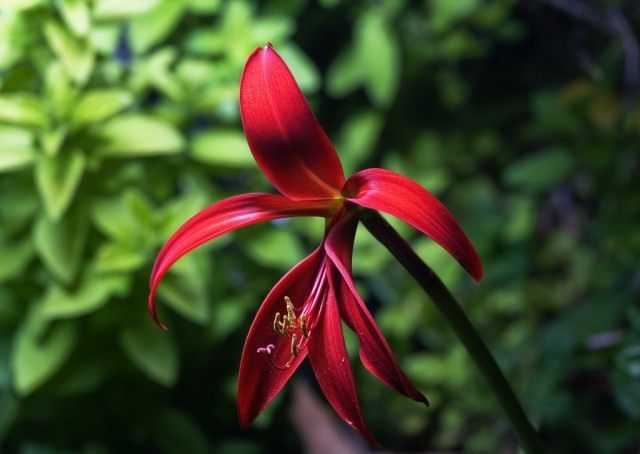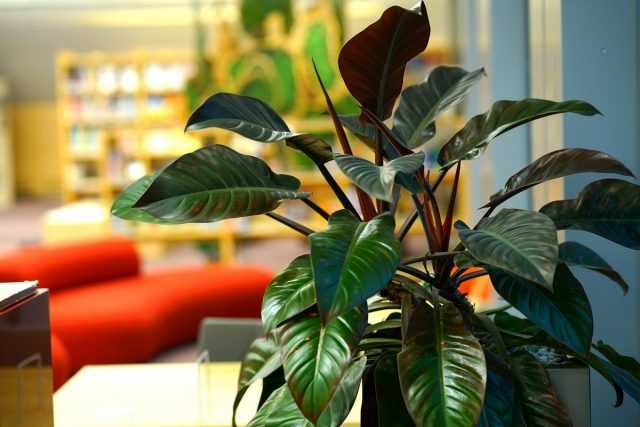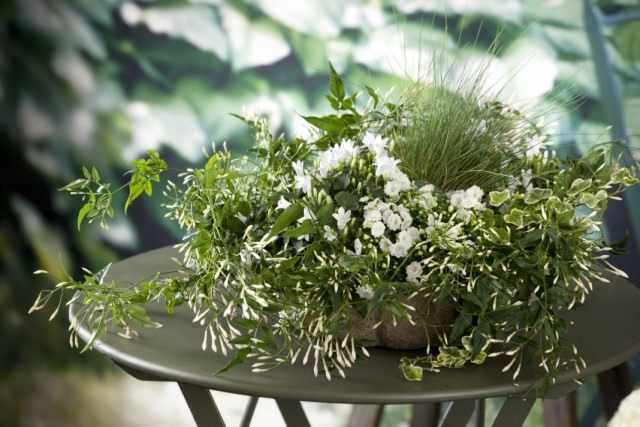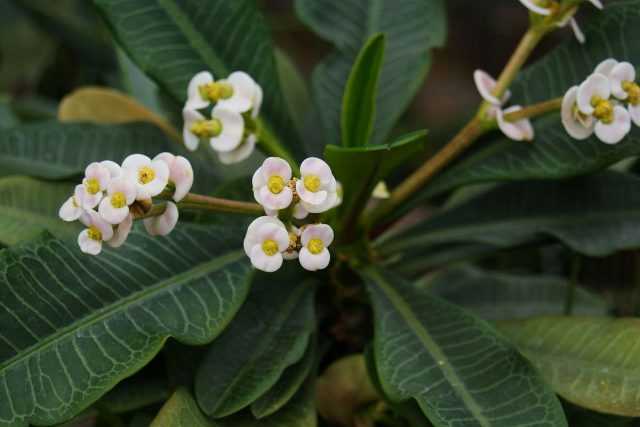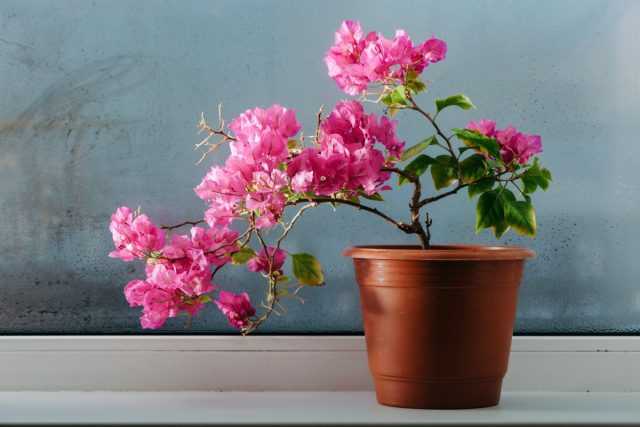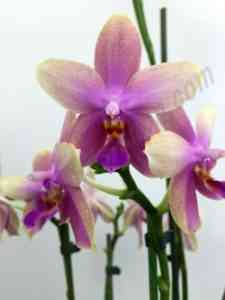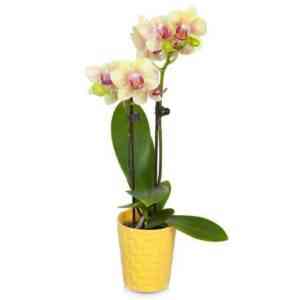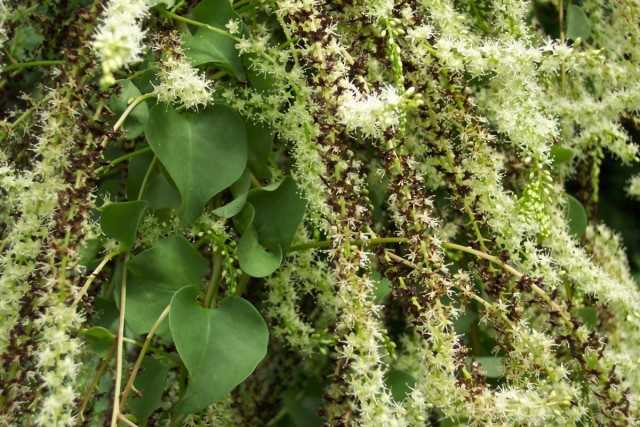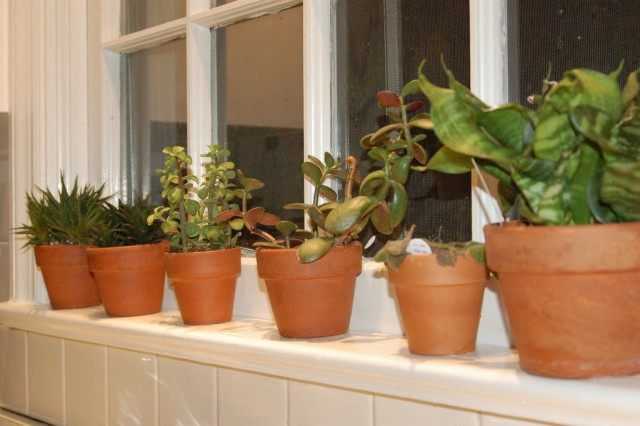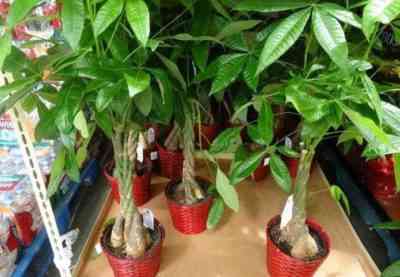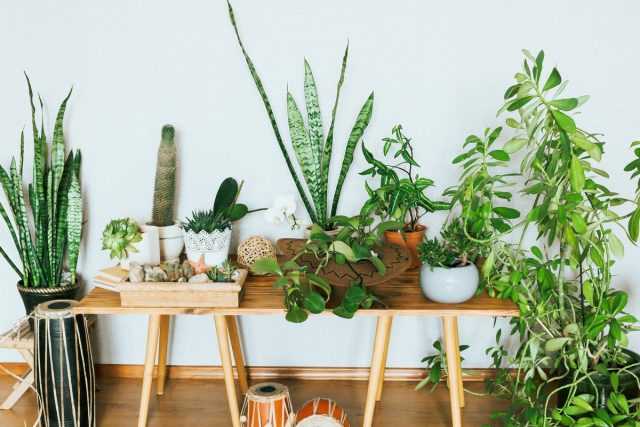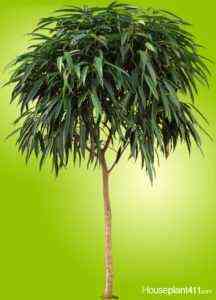This is a wondrous plant (Coffea) – a small evergreen tree or large shrub. The leaves of the coffee tree are leathery, dark green. Nice-smelling flowers are found in their axils. They are similar to jasmine flowers, but larger. Fruits are red or black-blue, the size of a cherry, somewhat elongated.
Coffee (Coffea). Farmer Burea-Uinsurance.com H. Zell
The genus of coffee includes about 50 species of wild-growing in tropical Africa, Madagascar and the Mascarene Islands. Cultivated forms of coffee are grown in tropical regions of America, Africa and Asia. Lovers of indoor ornamental gardening mainly grows Arabian coffee, less often Liberian and Brazilian coffee.
The coffee tree propagates by seed and vegetative propagation (cuttings)… The question is often asked: is it possible to grow coffee from the green beans that are sold in the store. No you can not. They are unable to germinate. The seeds of the coffee tree generally lose their germination very quickly.
Experiments show that plants obtained by cuttings develop better and faster than specimens grown from grains. For rooting, we use apical branches with two pairs of opposite leaves. We make the lower cut on the handle obliquely, 2 cm below the first pair of leaves. The composition of the substrate is as follows: 2 parts of river sand and 1 part of leafy soil.
For better root formation, before planting, the lower ends of the cuttings are kept for 5-8 hours in a solution of heteroauxin (a quarter of a tablet per 200 g of water). Powder the lower cut with wood ash before planting to avoid possible rotting of the cutting. Gently insert the stalk into the substrate with two fingers until the first pair of leaves and cover with a glass jar. After a month, callus forms on the cut of the cutting in the ground, and after another month and a half, roots appear.

The agrotechnology of growing a coffee tree is similar to that of citrus plants grown in indoor conditions.… We plant the rooted stalk in a pot with a diameter of 9-12 cm. Put the crock at the bottom with the convex side up and add a layer of 1-1,5 cm of coarse river sand. The composition of the nutrient substrate: 2 parts of greenhouse land, 1 part of turf and 1 part of washed river sand. It is useful to add wood ash to the soil (preferably deciduous tree ash). This prevents potassium deficiency.
The cutting should not be deeply buried so that the root collar does not rot and the seedlings do not die. As the roots of the plant are entwined with an earthen lump, we transplant it into a large bowl, increasing its diameter by 2-3 cm. We practically do not change the composition of the earth, just add horn shavings to the soil mixture. This improves flowering and fruiting.
The process of lignification of the trunk and branches of the coffee tree is peculiar. First, brown spots appear on the young green stem of the seedling, frankly, unpleasant in appearance. If such spots form on a citrus plant, assume that it is dying. In coffee, these spots, soon combining, brighten, a light beige bark typical of the coffee tree appears.
Young plants up to three years old are transplanted annually, and adults – after 2-3 years… We increase the size of dishes for old trees by 5-6 cm each time. It is convenient to grow large plants in wooden (made of spruce boards) tubs in the shape of an inverted truncated prism. We burn the tubs inside with a blowtorch so that the wood in this case does not decompose longer.

The coffee tree does not have a pronounced dormant period, therefore, in order for the plant to grow, bloom and bear fruit all year round, it must be constantly fed every 10 days: 1,10, 20 and 5, respectively, giving 7 g of nitrogen, 1 g of phosphorus, 7 g of potassium and 1 g of trace elements per XNUMX liter of water, respectively… As a nitrogen fertilizer, we use chicken manure, which we dilute in water and keep until it is completely fermented. When there is no pungent smell and no gas bubbles begin to emerge (which means that all organic matter has decomposed), the solution is ready for use. We dilute it three times with water. It should be remembered that chicken manure is the strongest organic nitrogen fertilizer, and should be used carefully.
We take a superphosphate solution as a phosphoric top dressing. Pour superphosphate granules into the settled water and stir, heating the solution (for better dissolution) to a temperature of 50 ° C.

A good potassium supplement can be obtained from ash extract. To do this, straw ash (contains up to 46% potassium) must be stirred in lukewarm water. After settling for a day, the potassium solution is ready for use.
The coffee tree, like any plant, also needs other elements (calcium, boron, manganese, iron, etc.). For this purpose, it is good to take the Riga type B fertilizer mixture. We prepare it in the same way as superphosphate.
Many people believe that since the coffee tree is native to the tropics, it needs the scorching rays of the sun all year round. In fact this is not true. Even at home, on plantations around one coffee tree, four shading plants of a different species are planted. In our geographic area, coffee should be kept indoors on windows facing south or southeast… Any sun that looks into them in summer will not adversely affect the development of the plant. It is more difficult to provide sufficient light on cloudy and dark days, in autumn and winter. To do this, we illuminate the plants from November 1 to March 1 with a fluorescent lamp.
In winter and autumn, the plant is kept at a sufficiently high temperature (18-22 We water at this time as the soil dries up. All year round, you can use ordinary tap water, previously settled for a day.
In the summertime, the coffee tree is not afraid of any heat.… However, the room has to be ventilated more often with a conventional table fan and the watering of the plant should be doubled.
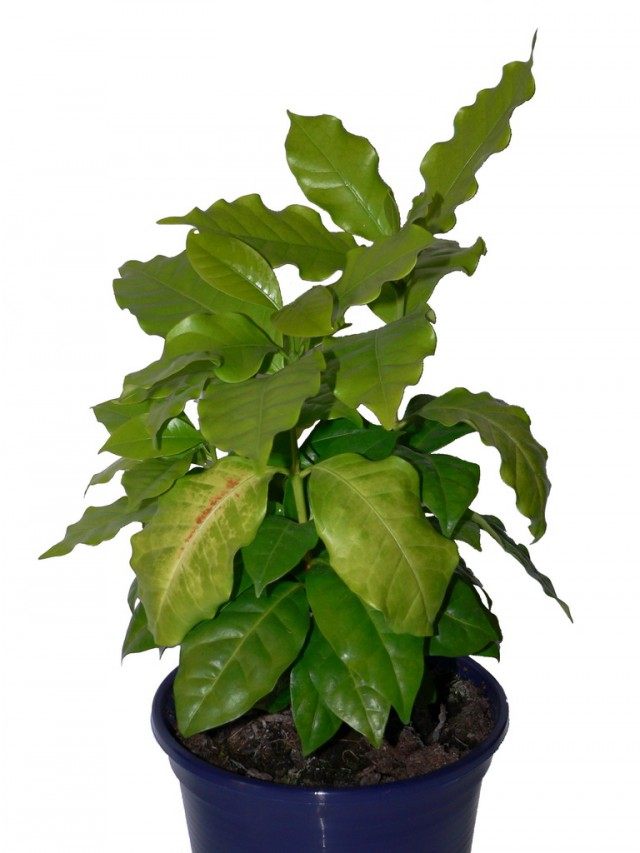
The coffee tree does not need to form a crown. At first, the seedling only grows upward. In the second year of life, his lateral axillary buds wake up, skeletal branches begin to grow. The structure of the coffee tree resembles a spruce: a straight vertical trunk and horizontal branches located on it. When long side shoots appear, they are cut off in order for the crown to become denser and more buds to form.
Many amateurs complain that the leaves are turning brown. This is typical for indoor keeping with low air humidity in the autumn-winter period. However, this is not a disease. And if the plant is placed in a wide, shallow pan with water, a more favorable microclimate will be created.
In the third year of life, green “tendrils” appear in the leaf axils. They can sometimes be confused with growth shoots. A little time will pass, and the tips of these antennae will turn white. These are buds. They are formed in the sinuses in whole packs (from 3-4 to 10-15).
After about a month, the buds open. The life of a coffee flower is short: after 1-2 days it fades. From below, the pedicel begins to thicken and turns into the ovary of the future fetus.
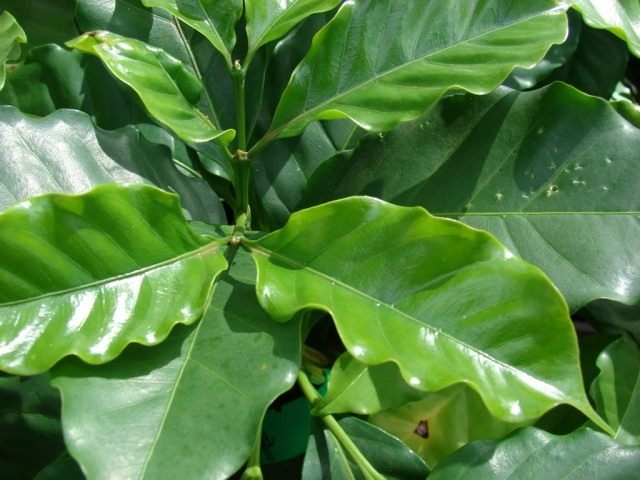
Flowers appear in the room even in winter. In the home garden, coffee beans ripen in about the same time as lemons and tangerines. (6-8 months). Initially, the fruits are green, closer to spring (towards the end of February) they begin to acquire a whitish tint, then turn red. This means that the time of ripening is approaching. We have 70-90 fruits on a three-year-old tree, that is, 140-180 grains. They can be used to prepare a well-known tonic drink.
We clean the grains from the peel that unites them and dry them in the oven at a temperature of 70-80 and then 10 days on paper. We fry the grains in a pan, like chestnuts or sunflower seeds. When browned, they acquire a brown color. The further process for making coffee is known. However, when brewing your own coffee beans after grinding, it should be borne in mind that the content of caffeine in the resulting beans is 3-4 times higher than in purchased ones. It is contraindicated for people with a sick heart to drink such coffee.
I would like to say that growing a coffee tree just for the sake of fruit is a thankless task. But for nature lovers, a newcomer from the distant tropics will bring many exciting minutes, help them understand the life of plants deeper.
